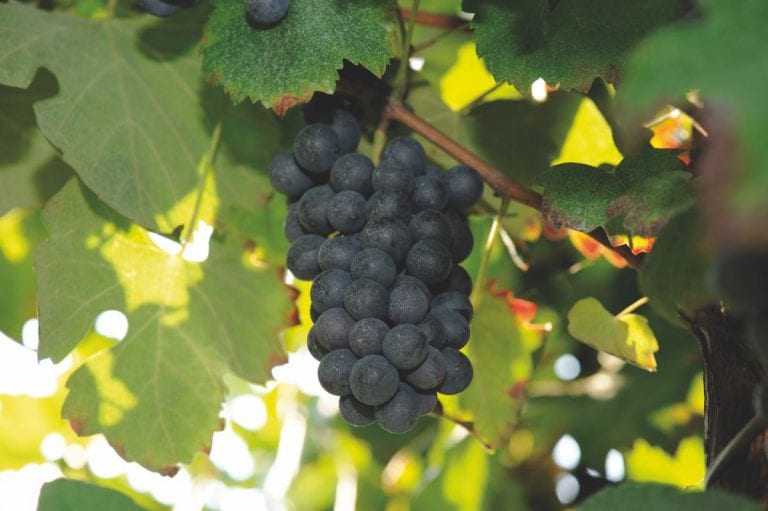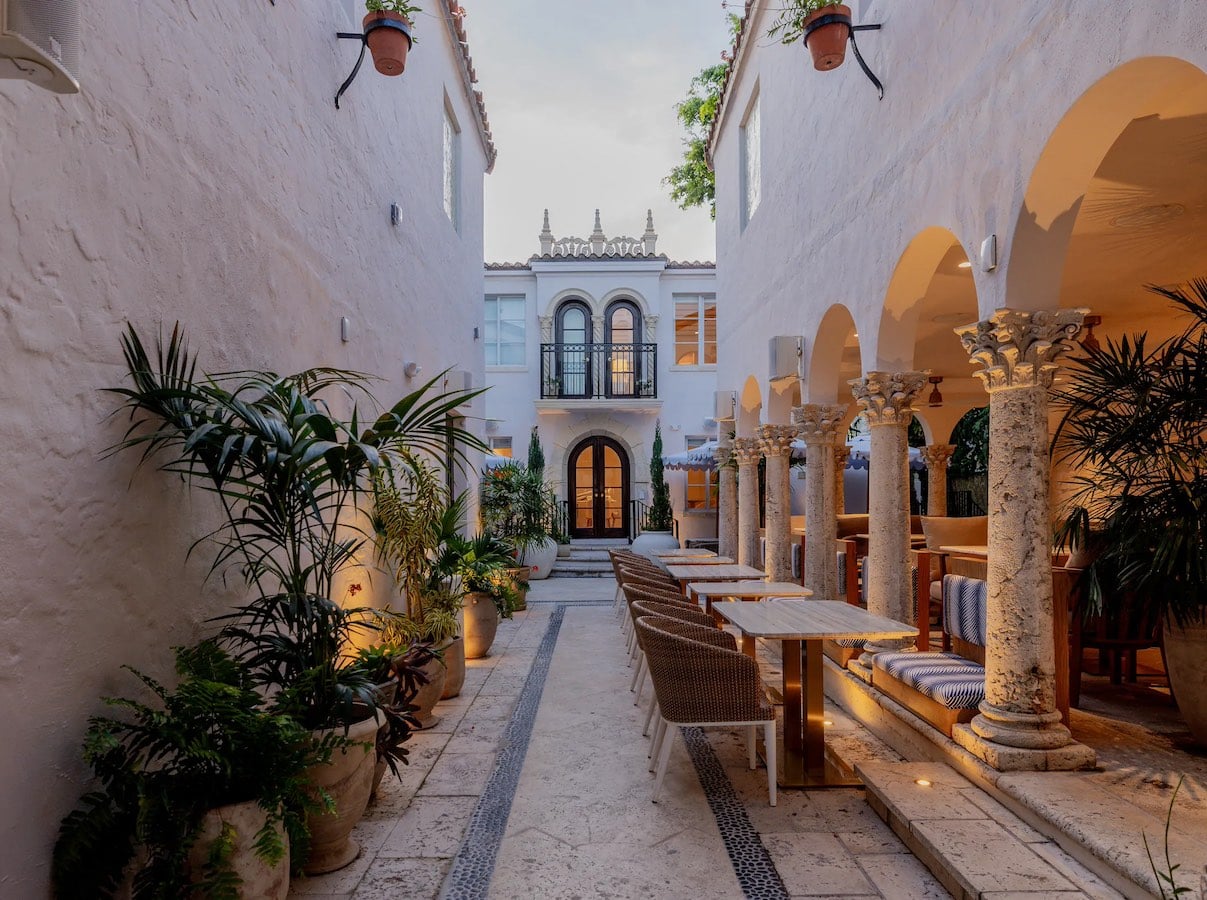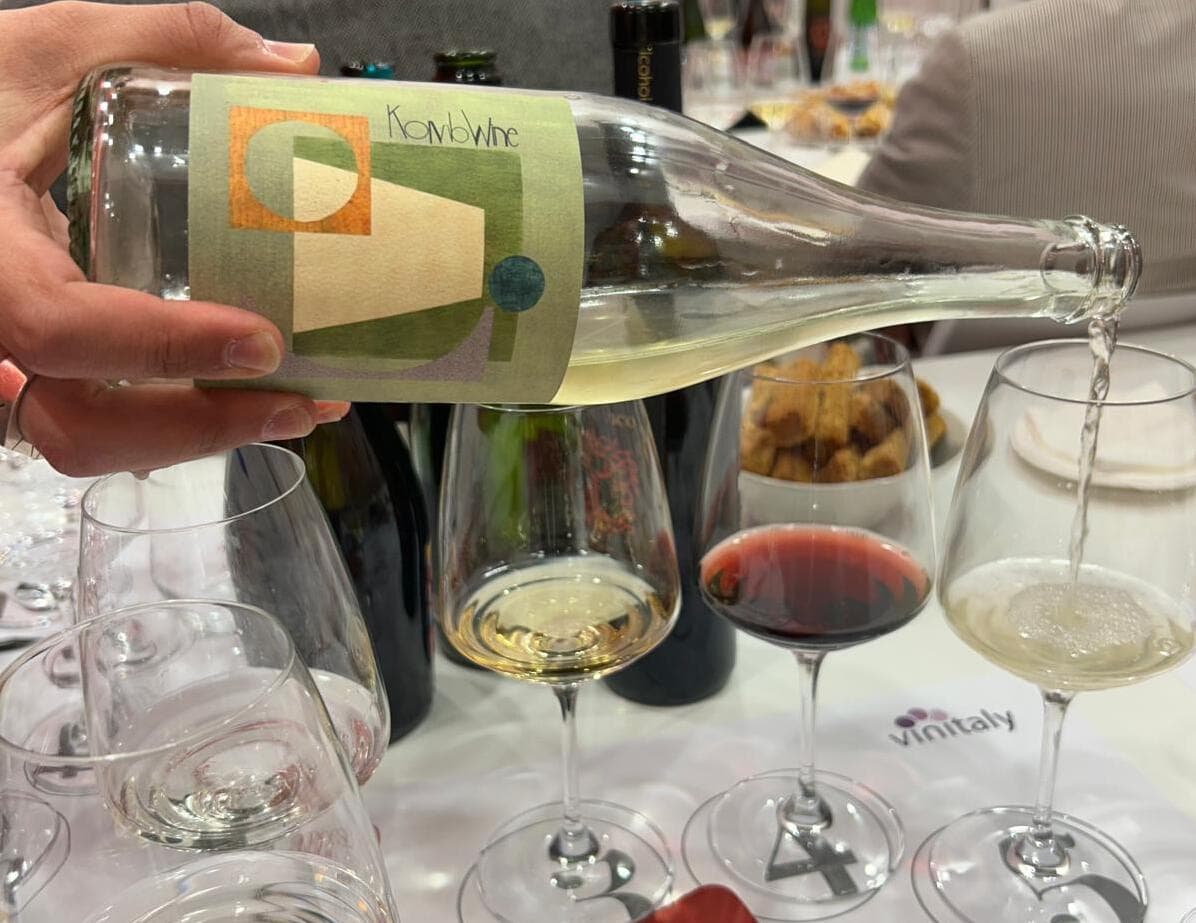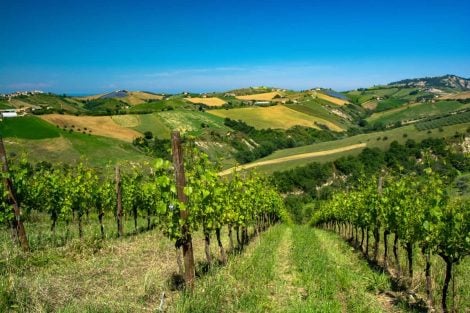The best wines of Emilia Romagna
The area of Lambrusco, where a great transition is underway (the unification of the consortia, planned for 2021), once again sees Sorbara at the fore. Furthermore, the development of 'alter-native' variations on the usual second-fermentation approach in autoclaves (i.e. the Metodo Classico and Metodo Ancestrale), should be closely watched., It must be said, however, that when it comes to Lambrusco, the hillside districts are also showing interesting signs, especially Castelvetro and its surroundings.
Another dynamic area is Pignoletto, where amidst a host of ap-pellations and typologies, certain wines of note are starting to find their way, especially in terms of their aromatic profiles. Moving up to Parma and Piacenza, in our opinion the consortia aren't giving clear indications about the wines that producers should be focusing on. On the Colli Piacentini the best signs are coming from Metodo Classico, with an award that could inspire the whole area. All this while waiting to understand what Gutturnio wants to do when it grows up, and especially while waiting for Malvasia di Candia Aromatica to develop. The native grape variety that has proven capable of delivering very notable results, even when it comes to aging.
Now on to Romagna. Increasingly aware of its own potential, but even more so of its own identity, the part of the region that extends towards the Adriatic comes across as a hotbed of interesting pro-jects amidst recognitions, renewals and new undertakings. We start with Sangiovese. Obviously, we're seeing increased stylistic focus and the pursuit of more acute territorial expressions. There's still a ways to go, but the desire to find an original and singular identity, not always easy (as history has shown), seems to us a very encouraging sign. And what about Albana? We knew it was a versatile variety, but now we're seeing a host of experiments, and there's no lack of ex-cellence either. In general, it must be said that the region's whites also hold their own, with many varieties (such as Rebola Riminese) and as many styles. Speaking of grapes, many of those ancient, indigenous cultivars, bound up with deep tradition, have been dusted off, not only in a nostalgic sense, but with a precise, contemporary vision. An obligatory final note for Emilia Romagna's sweet wines, a typology the region excels at.
Tre Bicchieri 2021
- Arvange Pas Dosé M. Cl. - Cantina Valtidone
- C. B. Pignoletto Frizzante ’19 - Floriano Cinti
- Lambrusco di Sorbara Brut Rosé M. Cl. ’15 - Cantina della Volta
- Lambrusco di Sorbara del Fondatore ’19 - Cleto Chiarli Tenute Agricole
- Lambrusco di Sorbara Leclisse ’19 - Alberto Paltrinieri
- Lambrusco di Sorbara V. del Cristo ’19 - Cavicchioli
- MaraMia Sangiovese ’18 - Tenuta Mara
- Reggiano Lambrusco Concerto ’19 - Ermete Medici & Figli
- Romagna Albana Passito Scaccomatto ’16 - Fattoria Zerbina
- Romagna Albana Secco A ’19 - Fattoria Monticino Rosso
- Romagna Sangiovese Modigliana I Probi Ris. ’17 - Villa Papiano
- Romagna Sangiovese Predappio Calisto Ris. ’16 - Stefano Berti
- Romagna Sangiovese Predappio Godenza ’18 - Noelia Ricci
- Romagna Sangiovese Predappio Le Lucciole Ris. ’17 - Chiara Condello
- Romagna Sangiovese Sup. Primo Segno ’18 - Villa Venti


 Versace opens a super hotel with an Italian restaurant. Here's what Donatella Hotel & Restaurant in Miami will be like
Versace opens a super hotel with an Italian restaurant. Here's what Donatella Hotel & Restaurant in Miami will be like At The Crown Tirana, service and quality at the highest levels
At The Crown Tirana, service and quality at the highest levels We tasted Komb(w)ine, the new product that combines grape must and kombucha. Here’s our verdict
We tasted Komb(w)ine, the new product that combines grape must and kombucha. Here’s our verdict What changes for the export of Italian wines to China under the new regulations?
What changes for the export of Italian wines to China under the new regulations? “Forget dealcoholised wines. The future is Komb(w)ine.” Moser and Ravizza present a new grape must-based product
“Forget dealcoholised wines. The future is Komb(w)ine.” Moser and Ravizza present a new grape must-based product







